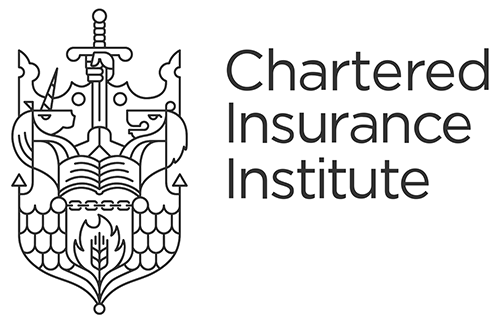

HR practitioners, Operations and Office managers with HR responsibilities, line managers
Help with applying the Professional Map to job descriptions and person specifications
Competency-based job descriptions support a consistent approach to selection and performance management
During the recruitment and performance management cycles
Role design is the process that establishes an employee’s critical responsibilities and accountabilities and how these relate to the organisational structure and strategy.
The output of this process is a job description and person specification to support both the recruitment into the role and the performance expectations for the successful candidate.
This help sheet focuses on how to use the Professional Map to develop job descriptions and person specifications
When we refer to a job description, we mean the document that sets out of the overall purpose of a role and the critical responsibilities and accountability of the postholder; the focus here is on the what.
The associated person specification details the competencies – understood as the knowledge, skills, attitudes, and experience - that lead to the successful execution of the job’s critical responsibilities and accountabilities outlined in the job description; the focus here is on the how.
Before you start, ensure there is a business case to evidence the need for the role. If the vacancy is a replacement, ask yourself whether the current job description is up to date and if not, use this opportunity to review it following the steps below.
Determine what the role is required to do by looking at the current objectives and goals of the organisation and how this role will support them. Ask yourself:
Summarise the answers in a concise and easy to read but defined enough way so that the candidate understands what the job fully involves.
The Professional Map is structured into 4 bands of experience, each describing the different level of impact professionals have in the work they do. Learn more >>
If you were recruiting for a Claims Manager role whose purpose is to oversee the processing of complex claims, you will likely map the role against band 3 competency standards. If you were recruiting for a junior Financial Adviser you would likely map the role against band 2 competencies.
Next, read the behaviours, enablers and technical expertise (where relevant) at the band identified, but also explore whether there are standards within different bands that would also be critical, as roles will not always fall perfectly within a specific band.
The Professional Map includes function-specific areas of Technical Expertise across insurance and personal finance. These areas are:
Technical Expertise standards focus on technical knowledge and practice, i.e. what practitioners do and deliver in their roles, which can be used to inform the job description.
If the role you are recruiting for is not currently reflected within the Professional Map, you can still use the enablers and behaviours, as these are non-function specific, i.e. they are deemed universally applicable to all roles.
The job description sets out the critical responsibilities and accountabilities of the role, stemming from the purpose you have described in step 1.
Drawing on the Technical Expertise area you have identified in step 3, identify the competency standards that will be critical in supporting the role’s purpose and develop the job description from here.
For example, for the Claims Manager role, you will refer to the Technical Expertise area of Claims. This is how you might take a competency standard and develop it into content for the job description:
The person specification sets out the level of knowledge, skills, attitudes, and experience required to deliver the responsibilities and accountabilities laid out in the job description.
You will find these mostly within the Behaviours and Enablers. From here identify the standards that will be critical for the candidate to deliver on the job and develop the person specification from here.
For example, this is how you might take some standards and develop them into content for the person specification:
Step back and look at the document in its entirety to make sure that the job holder would have a clear understanding of the expectations of the role and how it fits within the organisation.
Explore the technical expertise and behaviours at the core of what it means to be a well-rounded professional.
Find the learning you need to meet the development goals of your teams.